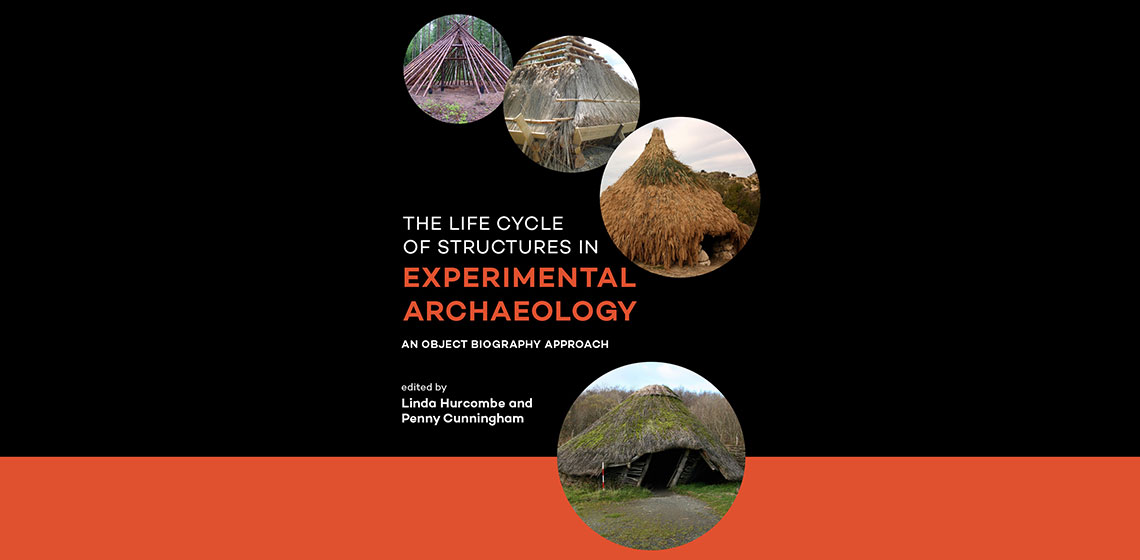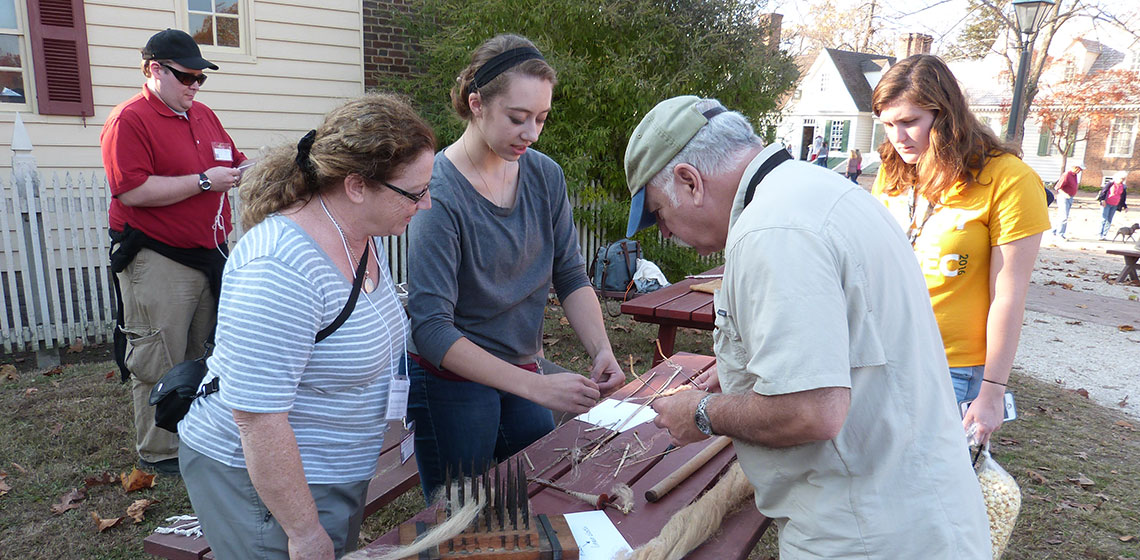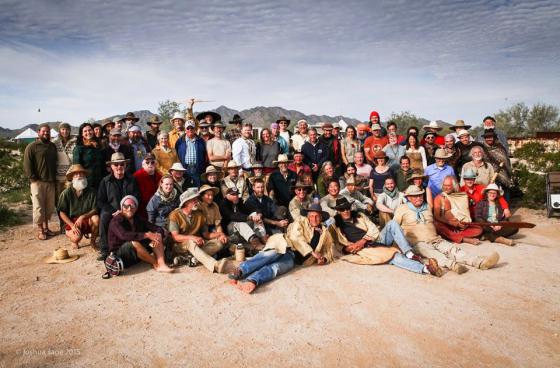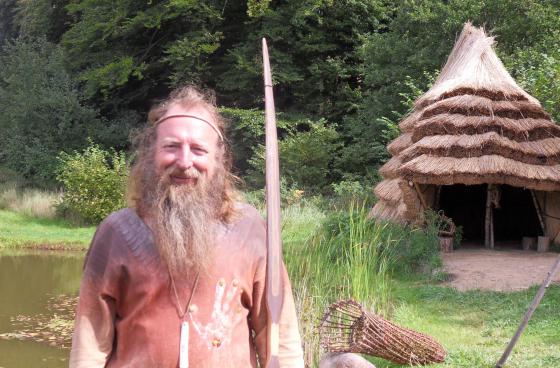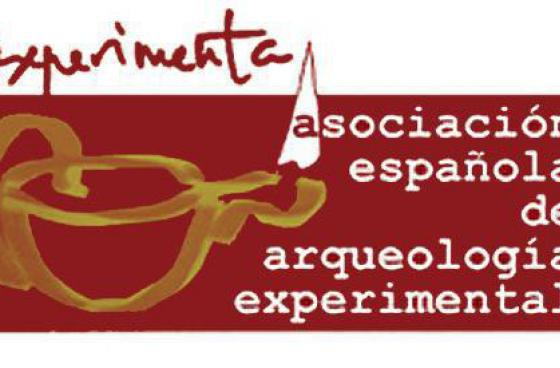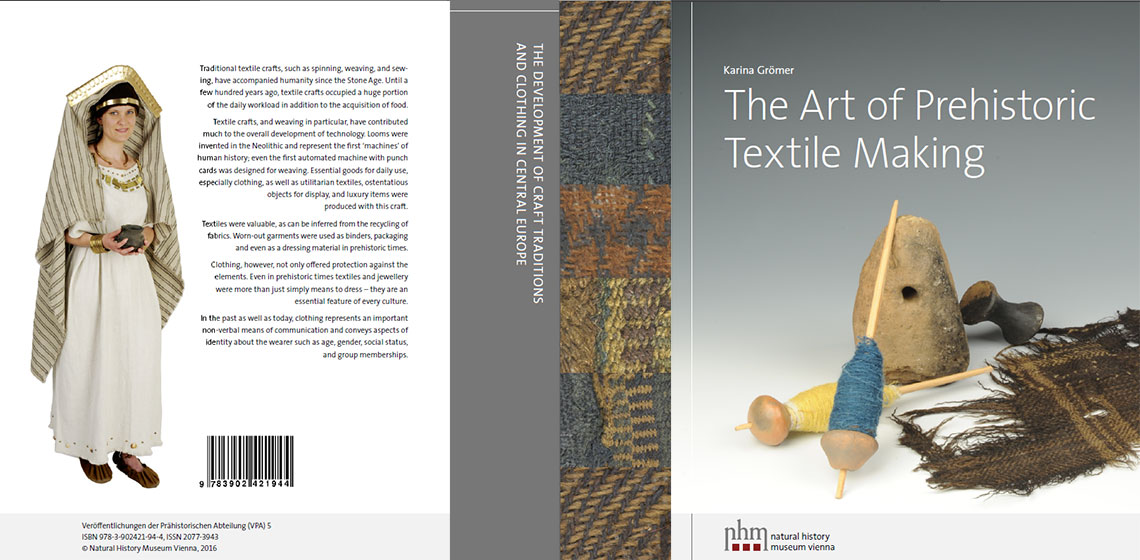Neolithic
Rock Art Tattoo
Country
- Sweden
The exhibition “Rock art tattoos” aims to highlight tattoos inspired by rock art around the World. The content in the exhibition is produced in its entirety by people kind enough to share their tattoos and stories with us.
District Museum Day
Country
- Germany
The "Zeiteninsel" in Weimar-Argenstein invites you to come and get to know the past with all senses! Visitors of all ages will get to know various different and exciting technologies ranging from the Stone Age till the Germanic people of the first century. There will be hands on activities for children and living history will provide a glimpse into times thousands of years ago.
Rabbitstick 36
Country
- USA
2024 Registration will open in February
Book Review: the Lifecycle of Structures in Experimental Archaeology – An Object Biography Approach by L. Hurcombe and P. Cunningham
Book Review: das "jungsteinzeitliche" Langhaus in Asparn an der Zaya by E. Lauermann (ed)
Conference Review: Reconstructive & Experimental Archaeology Conference REARC 2016
***The 2016 REARC conference hosted by EXARC in Colonial Williamsburg, Virginia, from November 18th to the 20th, was an unforgettable experience. After a midnight drive and a short night's rest it was time to listen to papers. Everyone giving a presentation was incredibly knowledgeable and the passion they had for their topics...
Winter Count
Country
- USA
Winter Count is a primitive skills gathering that has been taking place every February in the stunning Sonoran desert of southern Arizona since 1995. Founded by Dave and Paula Wescott, Winter Count (along with its sister gathering, Rabbitstick) is one of the preeminent gatherings of its kind.
Time Traveller's Tournament
Country
- Germany
Climb in your time machine, sharpen your eyes, turn your arm into steel, pack a bag of good mood and join us at the Steinzeitpark Dithmarschen in Albersdorf, Germany
As usual, animals and ferrytale creatures from the European forests await you as targets. Of course, also Wernes wild Wisent needs to be shot at!
V Congreso Internacional de Arqueologia Experimental
Country
- Spain
We are delighted to announce that the Institut Català de Paleocologia Humana i Evolució Social (IPHES), the Institut Català d’Arqueologia Clàssica (ICAC), the Institut Català de Recerca en Patrimoni Cultural (ICRPC) and the EXPERIMENTA Association will organize the V International Congress of Experimental Archaeology in Tarragona on 25, 26 and 27 October 2017.



